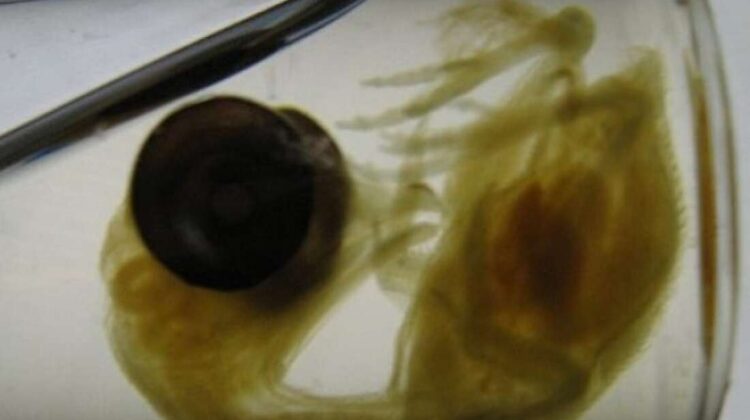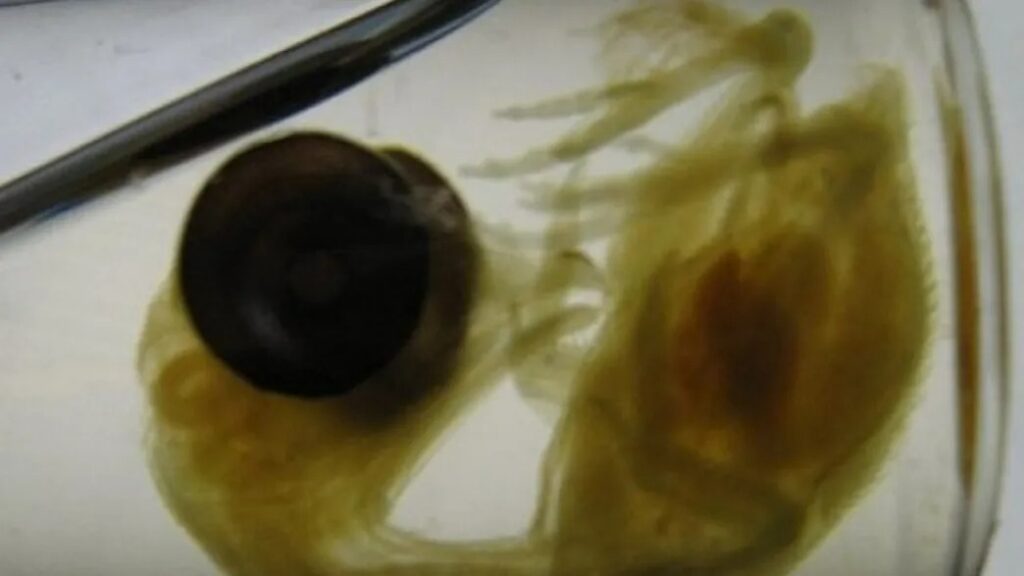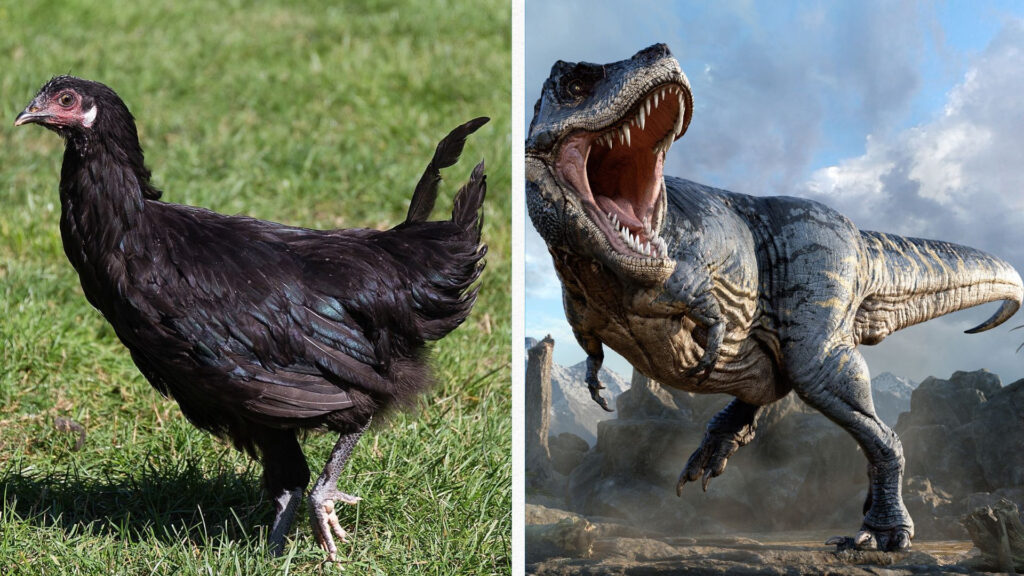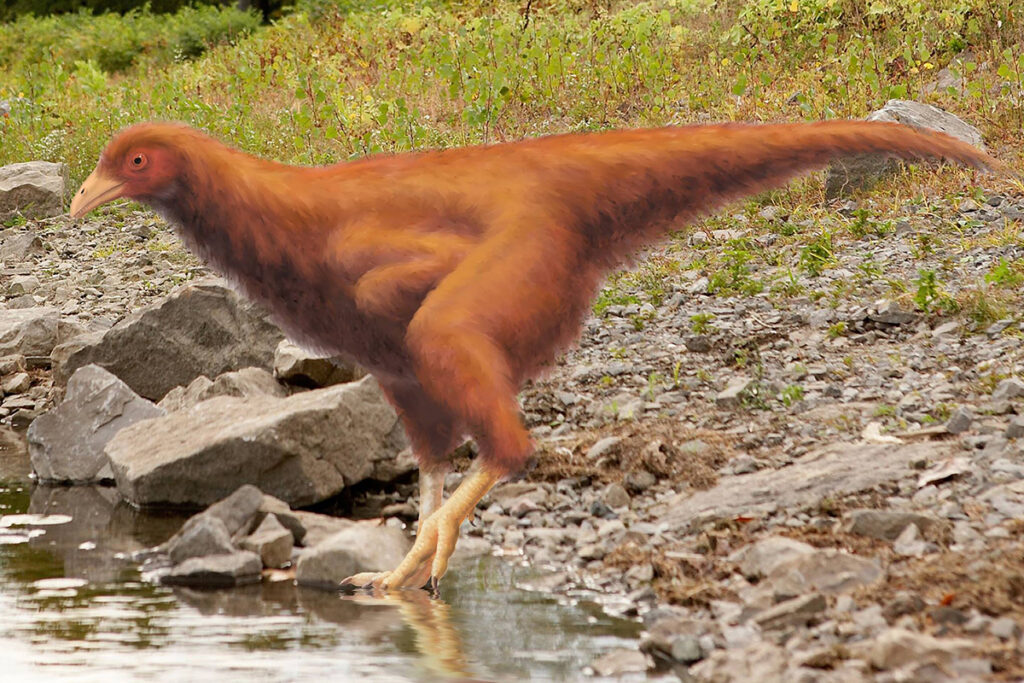
Sixty-six million years ago, the dinosaurs met a cataclysmic end, but some evolved into the birds we know today. In a groundbreaking feat, scientists have taken reverse evolution to a new level by growing “dinosaur legs” in chicken embryos, as detailed in the journal Evolution.

Building on previous research that transformed chicken embryos to exhibit dinosaur-like traits, this study focused on unraveling the mysteries of dinosaurian leg development. In 2015, researchers successfully induced chickens to grow dinosaur-like feet, laying the foundation for this latest exploration into leg bones.

Modern birds, descendants of Coelurosauria dinosaurs, exhibit distinct leg bone structures. The team from the University of Chile delved into chicken genetics, particularly the role of the Indian Hedgehog (IHH) gene. By inhibiting IHH expression, they observed the prolonged growth of fibulae, reminiscent of dinosaur anatomy.

In contemporary birds, fibulae are restricted in growth by genetics, regulated by the calcaneum, an ankle bone. Inactivating IHH led to increased activity in the PthrP gene related to bone growth, allowing fibulae to extend, resembling the skeletal structure of the Archaeopteryx.

While this research pushes the boundaries of understanding dinosaur-to-bird evolution, it also raises ethical considerations. The dinosaur-like chickens produced were not allowed to hatch, dispelling any notion of creating commercial or non-scientific “pet” dinosaurs. The dream of reverse-evolving chickens into purchasable Deinonychus companions remains, for now, a concept on hold.

Leave a Reply